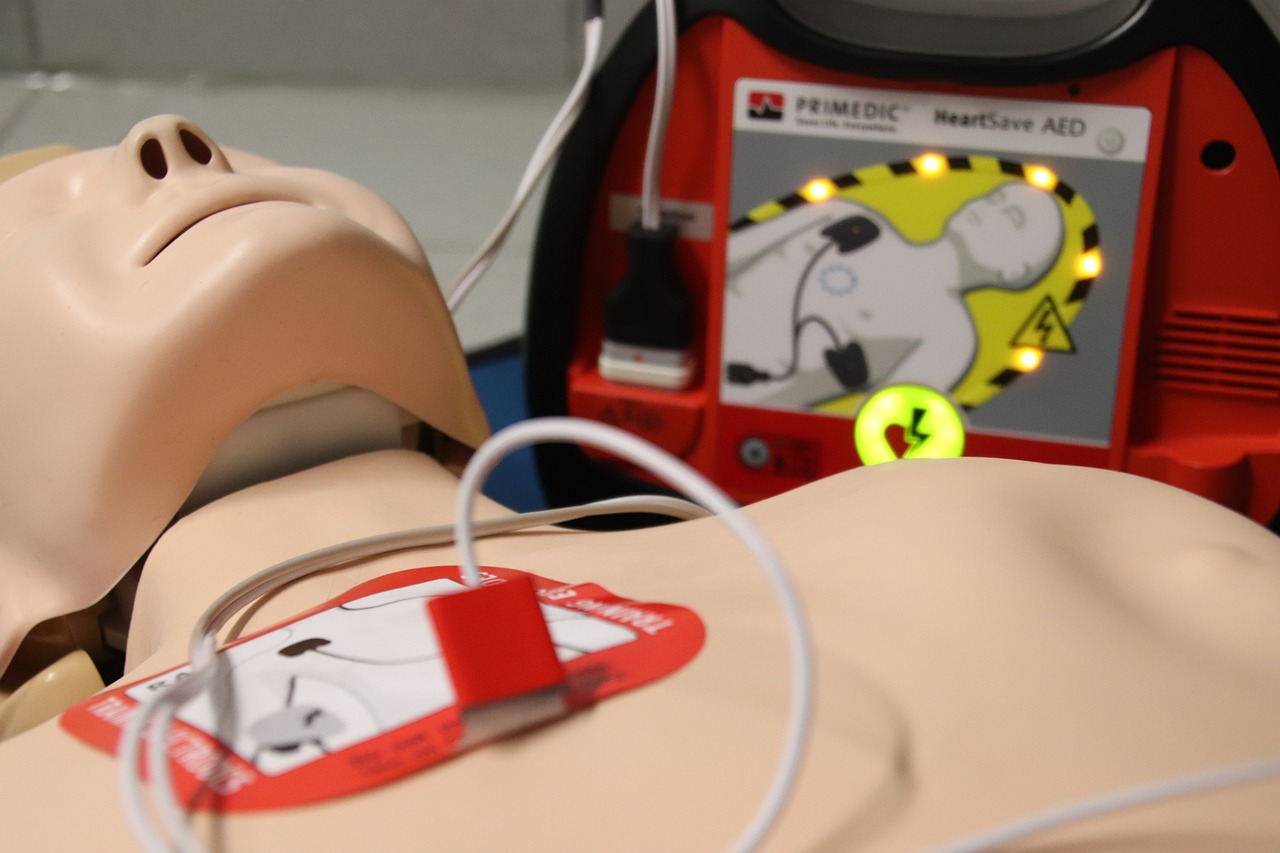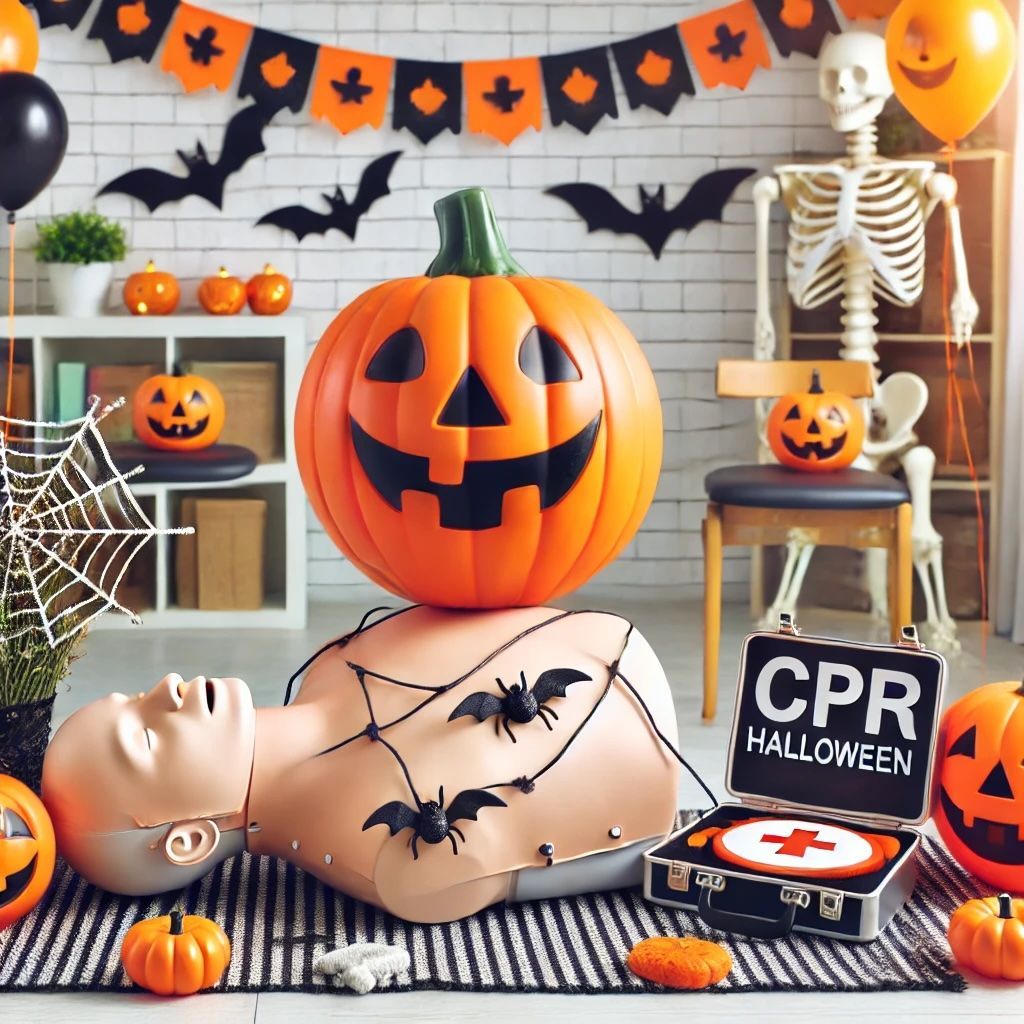The Importance of Automated External Defibrillators (AEDs) and How to Use Them

Introduction
Sudden cardiac arrest (SCA) is a leading cause of death worldwide, claiming millions of lives each year. Unlike a heart attack, SCA occurs when the heart suddenly stops beating effectively, disrupting blood flow to the brain and other vital organs. Immediate intervention is crucial, and that's where Automated External Defibrillators (AEDs) come into play. This blog explores the importance of AEDs and provides a step-by-step guide on how to use them.
The Importance of AEDs
Life-Saving Potential: AEDs can significantly increase the chances of survival during an SCA. The American Heart Association notes that for every minute defibrillation is delayed, the chance of survival decreases by 7-10%.
Widespread Accessibility: AEDs are designed to be user-friendly, allowing even untrained bystanders to use them effectively. They are increasingly available in public places such as airports, schools, gyms, and workplaces.
Bridge to Professional Help: While awaiting emergency medical services (EMS), using an AED can stabilize the patient and increase their chances of survival upon reaching the hospital.
How to Use an AED
Using an AED involves several critical steps. Here’s a straightforward guide:
Assess the Situation:
Ensure the scene is safe for both you and the victim.
Check the victim for responsiveness and normal breathing. If they are unresponsive and not breathing or not breathing normally, proceed with using the AED.
Call for Help:
Dial emergency services immediately. If others are present, ask someone to call while you begin AED procedures.
Open the AED:
Turn on the AED by pressing the power button. Modern AEDs will provide voice prompts to guide you through each step.
Attach the Pads:
Expose the victim’s chest and dry it if necessary.
Attach the AED pads to the victim’s bare chest as indicated on the pads (one pad on the upper right side of the chest and the other on the lower left side).
Analyze the Heart Rhythm:
Ensure no one is touching the victim while the AED analyzes the heart rhythm.
The AED will automatically analyze and determine if a shock is needed.
Deliver the Shock:
If the AED advises a shock, make sure everyone is clear of the victim.
Press the shock button when prompted. The AED will deliver a shock to the heart.
Perform CPR:
After the shock is delivered (or if no shock is advised), begin CPR immediately.
Follow the AED’s prompts for chest compressions and rescue breaths (if trained). Typically, this involves 30 compressions followed by 2 breaths.
Continue Until Help Arrives:
Continue CPR and follow the AED prompts until EMS arrives and takes over.
Conclusion
AEDs are a crucial component in the chain of survival for individuals experiencing sudden cardiac arrest. Their accessibility and ease of use empower bystanders to act swiftly and effectively, potentially saving lives. Understanding how to use an AED and spreading awareness about its importance can significantly impact emergencies. By learning to use an AED, you can be prepared to take action and provide life-saving assistance when needed.
References
American Heart Association. (n.d.). Sudden Cardiac Arrest. Retrieved May 31, 2024, from https://www.heart.org/en/health-topics/cardiac-arrest
National Institutes of Health. (n.d.). Automated External Defibrillators. MedlinePlus. Retrieved May 31, 2024, from https://medlineplus.gov/ency/article/000013.htm
American Red Cross. (n.d.). Using an AED. Retrieved May 31, 2024, from https://www.redcross.org/take-a-class/aed/using-an-aed



